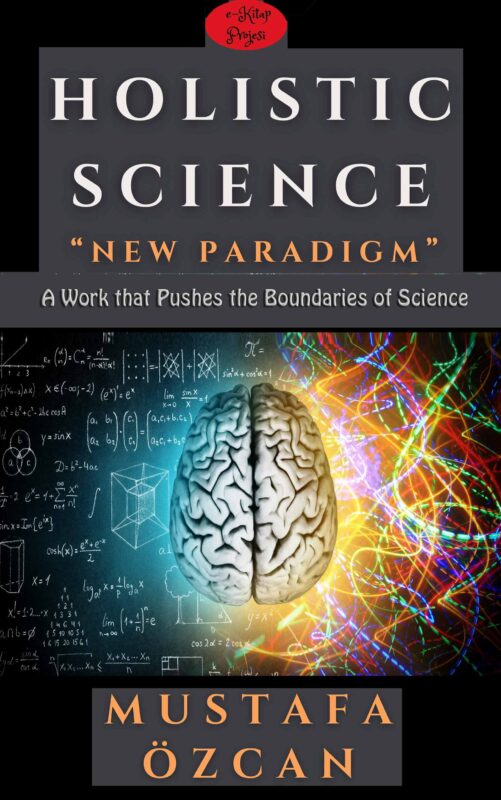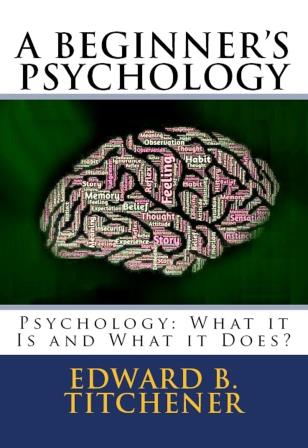More Search Results...
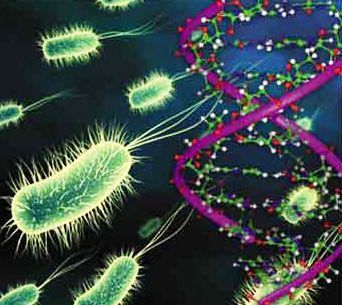
Group Psychology and the Analysis of the Ego
In Group Psychology and the Analysis of the Ego, (1922), Sigmund Freud based his preliminary description of group psychology on Le Bon's work, but went on to develop his own, original theory, related to what he had begun to elaborate in Totem and Taboo. Theodor Adorno reprised Freud's essay in 1951 with his Freudian Theory and the Pattern of Fascist Propaganda, and said that "It is not an overstatement if we say that Freud, though he was hardly interested in the political phase of the problem, clearly foresaw the rise and nature of fascist mass movements in purely psychological categories.
More info →Dream Psychology
The Interpretation of Dreams (German: Die Traumdeutung) is a book by psychoanalyst Sigmund Freud. The book introduces Freud's theory of the unconscious with respect to dream interpretation, and also first discusses what would later become the theory of the Oedipus complex. Freud revised the book at least eight times and, in the third edition, added an extensive section which treated dream symbolism very literally, following the influence of Wilhelm Stekel. Freud said of this work, "Insight such as this falls to one's lot but once in a lifetime."
More info →Introduction to Psychoanalysis
Introduction to Psychoanalysis (German: Vorlesungen zur Einführung in die Psychoanalyse) is one of the most famous works of Sigmund Freud, calculated for a wide readership. In its first part (from 1st to 28th lecture) Freud enthusiastically outlines his approach to the unconscious, dreams, the theory of neuroses and some technical issues in the form in which it was formulated at the time of reading the lectures in Vienna in 1916-1917. From some positions outlined here Freud subsequently refused, many supplements and develops or revises in his later works. The second part ("new lecture series, from 29th to 35th) has never been read before to public, it features a different style of presentation, sometimes requiring the reader to training, sometimes polemical.
More info →Organic Chemistry
The first part of this Book is given up to a review of facts and principles treated in the various Sections on Physics and in the different Sections on Inorganic Chemistry, to all of which the student will be frequently referred.
More info →Beyin Labirenti (Brain Labyrinth)
Beyin ile ilgili bilinen yönleri; bir öğrenme, bir bilme platformu ve ayrıca oyun ve sanat tadında bir sunum ve kitapla sizlerle buluşturdum.
More info →Surgical Anatomy: [Illustrated With Sixty-Eight Coloured Plates]
The object of this work is to present to the student of medicine and the practitioner removed from the schools, a series of dissections demonstrative of the relative anatomy of the principal regions of the human body. Whatever title may most fittingly apply to a work with this intent, whether it had better be styled surgical or medical, regional, relative, descriptive, or topographical anatomy, will matter little, provided its more salient or prominent character be manifested in its own form and feature. The work, as I have designed it, will itself show that my intent has been to base the practical upon the anatomical, and to unite these wherever a mutual dependence was apparent.
More info →Holistic Science
This book, in my opinion, was an important step calling for holistic thought, which became increasingly impoverished at the beginning of the 20th century. I believe that this book, which tries to make a synthesis by reflecting in the views of many thinkers on both the history of philosophy, the history of science and holism, will try to fill an important deficiency in the literature.
Prof. Dr. Erol Başar
Healing Secrets of Avicenna
When i had first read the second volume of Ibn Sina’s study, “The Canon of Medicine”, telling about which plant is recuperative and the applications of these plants internally and externally, i came up with the idea of bringing this study down to a simpler level of understanding that everybody can comprehend, rather than letting it be understood just by the specialists. But I could bring this out after 1 year of work. Staying faithful to the context of the book, submitting this book on behalf of the community was my biggest wish.
More info →The Americans
"The Americans" by Hugo Munsterberg stands alongside Alexis de Tocqueville's American Democracy as one of the great works on the New World written by a scholar deeply familiar with the Old World. When originally published, it gave the German public a sense of American life, and was described as "a book which deals in a detailed way with the political, economic, intellectual, and social aspects of American culture." Munsterberg, a world-renowned psychologist at the turn of the twentieth century, noted that "its purpose is to interpret systematically the democratic ideals of America."
More info →A Beginner’s Psychology
It is an acknowledged fact that we perceive errors in the work of others more readily than in our own.
—Leonardo da Vinci
In this Beginner's Psychology I have tried to write, as nearly as might be, the kind of book that I should have found useful when I was beginning my own study of psychology. That was nearly thirty years ago; and I read Bain, and the Mills, and Spencer, and Rabier, and as much of Wundt as a struggling acquaintance with German would allow.
More info →
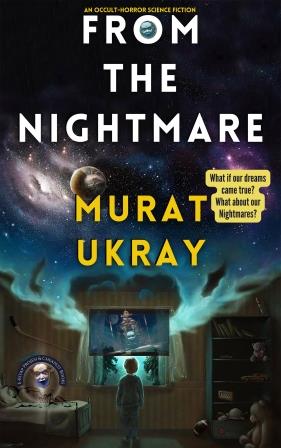


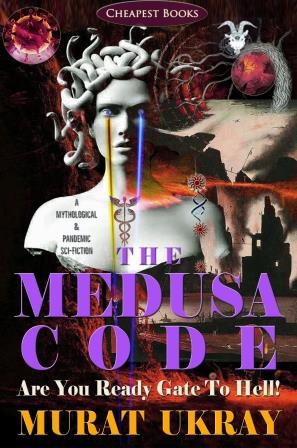
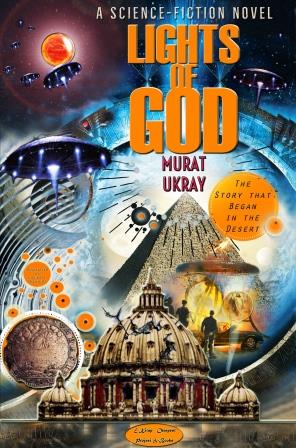
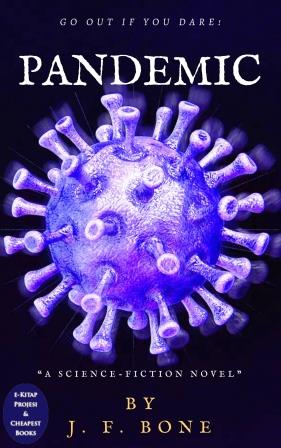
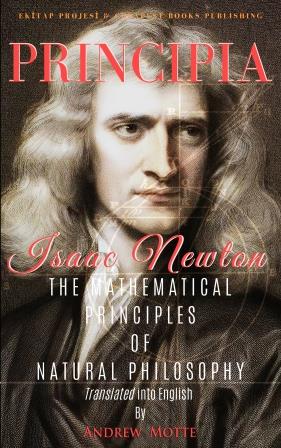

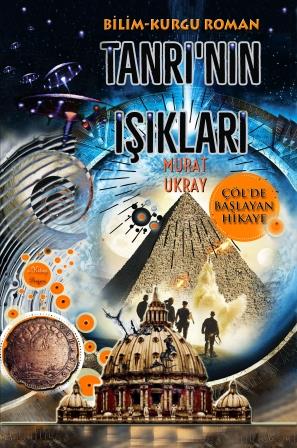
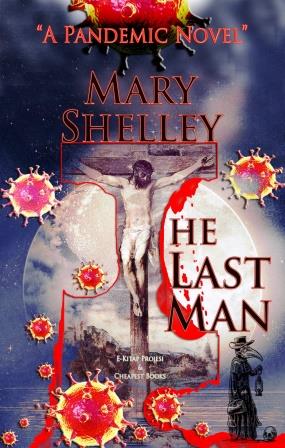
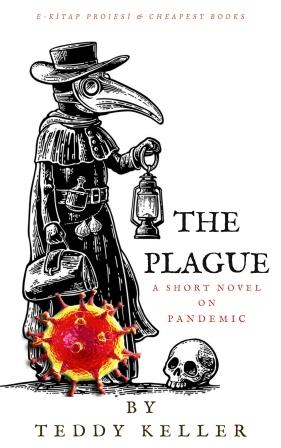
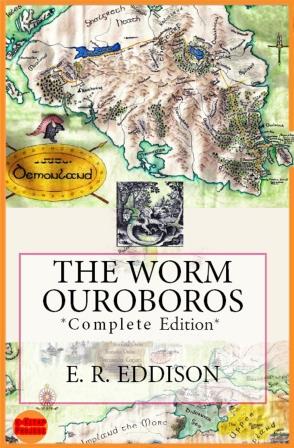

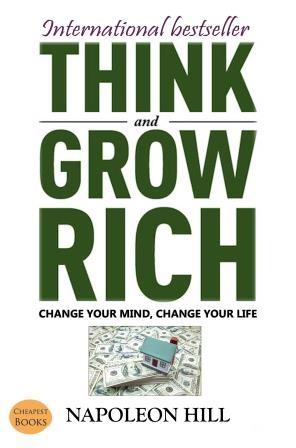
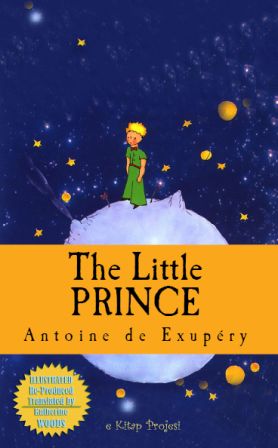
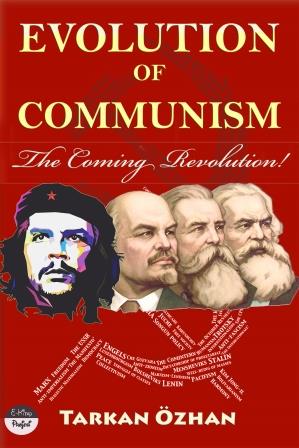





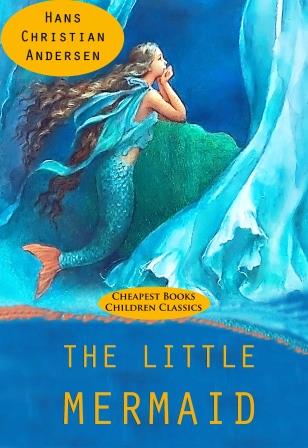
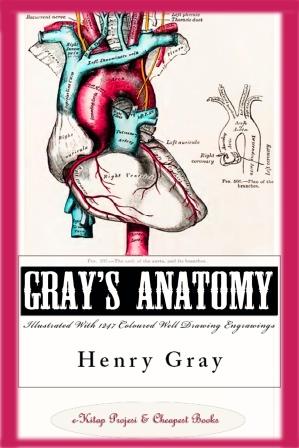

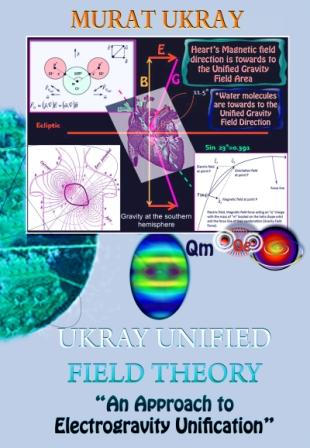
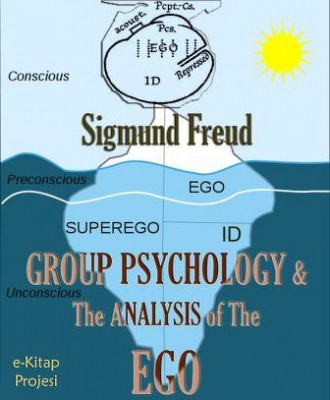








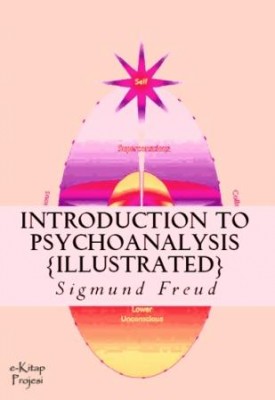
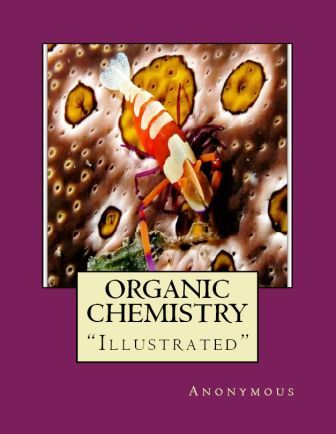
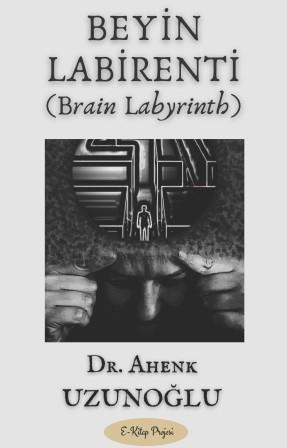

![Surgical Anatomy: [Illustrated With Sixty-Eight Coloured Plates]](https://www.cheapestboooks.com/wp-content/uploads/2013/01/Surgical-Anatomy-eCoverr.jpg)
